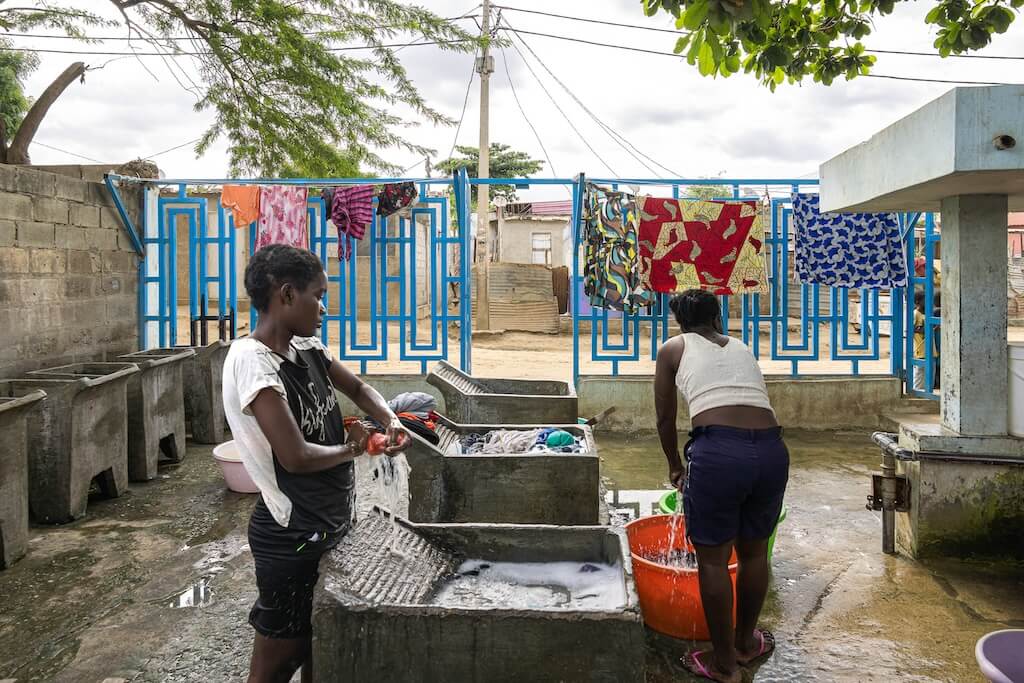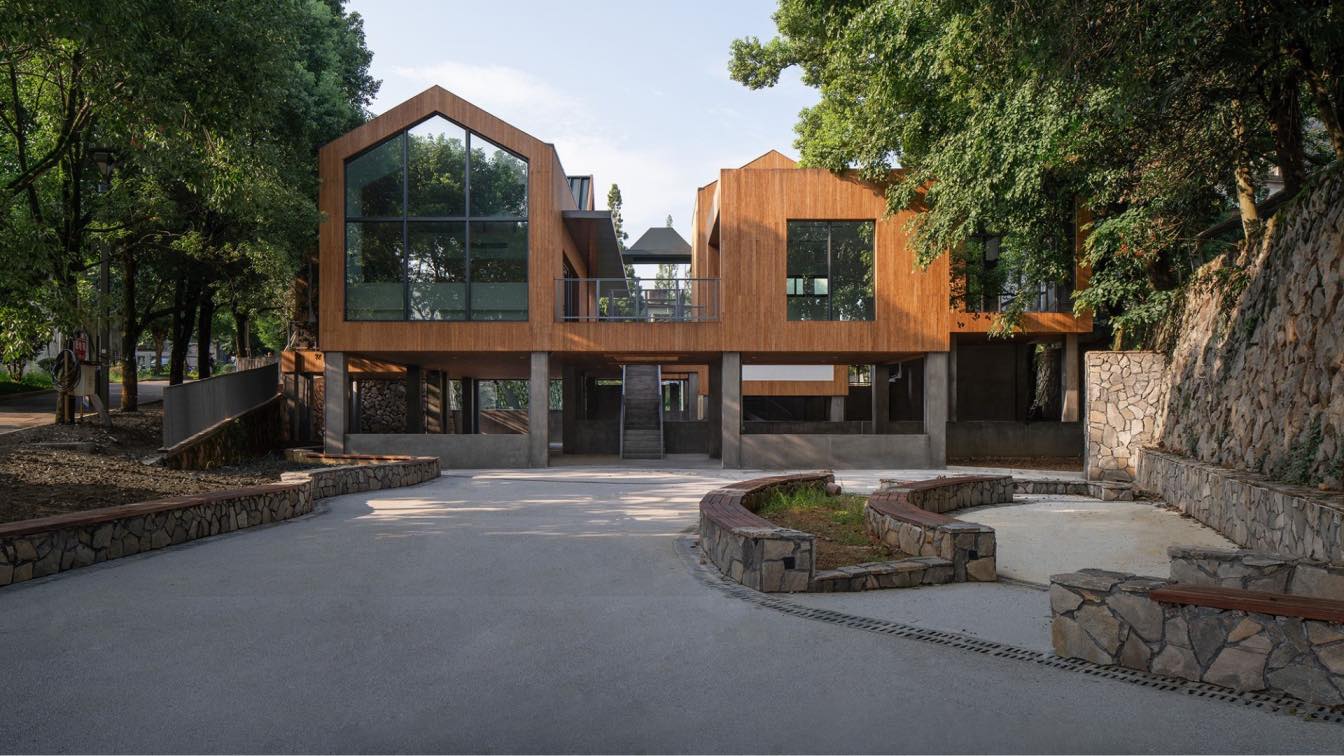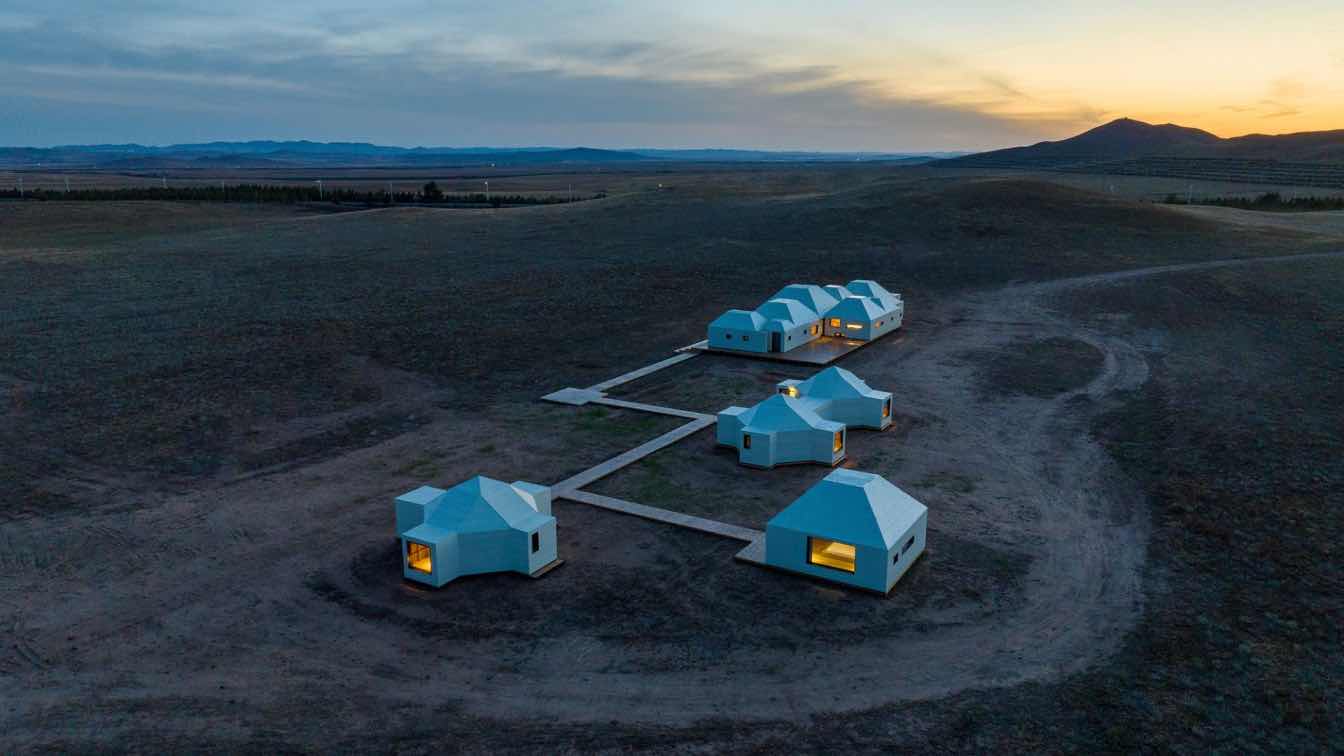Paulo Moreira Architectures: The Luanda Waterpoints project improved and adapted three water access points on the outskirts of the city. The project aims to show how small-scale interventions and low-cost solutions can have an impact on the quality of life of disadvantaged populations. The interventions favour local labour and encourage the reuse of materials. With this in mind, we visited informal, open-air markets in Luanda and found a series of metal modules that were originally used in guardrails on urban elements in the city centre. These modules were purchased and adapted for use in the waterpoints project.
In the Wako neighbourhood in Cacuaco, the intervention focused on a waterpoint accompanied by an informal, open-air laundry. The project consisted of creating a new interface between this facility and the public space. Three modules were installed, delimiting the intervention area and serving a threefold purpose: railing, bench (facing the street) and drying rack (facing the laundry space). As well as improving safety, the structure enhanced the laundry facilities and offered more pleasant conditions for people to interact as they wait their turn.
The intervention at the waterpoint in Kilunda was designed gradually through a kind of experimental laboratory to generate ideas and solutions, with together with local residents and professionals. Firstly, following a series of visits and participatory sessions, a structure was created to allow the hoses to be raised and facilitate the filling process, without the need to seek help from other individuals to position the filled containers on the collector’s head.

This solution was dubbed a ‘giraffe’.Secondly, in response to a request from the people who manage the waterpoint, an enclosure was created to prevent agglomerations around the taps and reduce transmission of COVID-19, with only one person permitted to operate the taps – the ‘zelador’ (janitor).
The Gika waterpoint is a unique model, which is sunken into the ground due to the lack of water pressure preventing the water supply from reaching the elevated taps. Despite this intelligent solution, the waterpoint became unusable when it rained. The project involved creating a cover to provide protection from rainwater, allowing the waterpoint to be used at any time of year. This structure extends beyond the waterpoint, creating an area of shade to encourage social interaction.
Overall, these structures serve as aggregating elements in the public space, as well as providing a supply of water. They are gathering places and living spaces at the neighbourhood level.

























